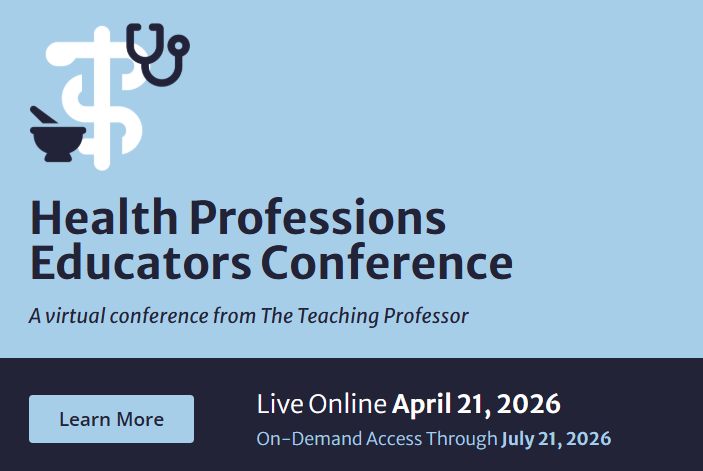Rethinking the Distance Education Business Model
Everyone wants a blueprint for managing their distance education program, but sometimes the best thing to do may be to throw away the old business model and begin thinking about new ways to deliver and share online courses.



